ThieAudio Monarch MKII Review - Second Time's the Charm
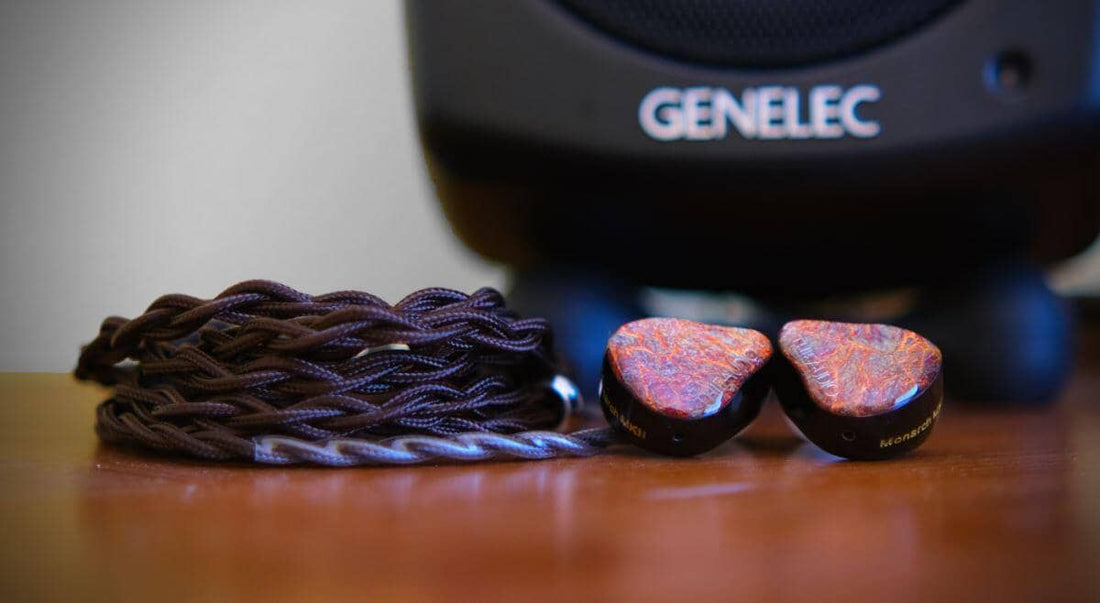
Introduction
The ThieAudio Monarch MKII In-Ear Monitors was one of last year's most hyped IEMs that I didn't actually like very much. Even though I gave it a recommendation, I did not think it warranted some of the praise it received and basically saw it as nothing more than another competitive entry for its price point. But that's the past.
Presently, ThieAudio is back for round two with the Monarch MKII. Now, I've noted this before, but how does a brand improve on an already good IEM? It turns out that more often than not...they don't.
Most "Pro","MKII", and "X" models of IEMs I've heard just don't seem to get much further — or even stack up with — their predecessors. Stack on a nearly $300 price increase for the Monarch MKII, and you might see why the spicy term "cash grab" (yes, I really said it) comes to mind and why my expectations are higher than ever. Read on to find out whether I think the Monarch MKII delivers.
This unit was provided for review courtesy of Linsoul. As always what follows are my honest thoughts and opinions to the best of my ability.
Monarch MKII - Product Summary
- Reasons to buy
- Amazing packaging and accessories
- Very detailed sound
- Cable comes terminated with 3.5mm by default
- Superb midrange
- Reasons not to buy
- Fairly large IEM
- Heavy cables can impact usability
- Not the last word in dynamic driver bass
Source & Drivability
All critical listening was done off of my iBasso DX300 and iPhone 13 Mini using lossless files. The stock cable and stock silicone tips were used.
The Monarch MKII takes a reasonable power to drive that is comparable to most single-DD IEMs, but nothing that any of my devices had trouble providing.
Hissing was a non-issue. Listening was done at my comfortable listening volumes of ~70dB.
The Tangibles
If there's anything I appreciate, it's ThieAudio's continued dedication to improving the quality of their packaging and accessories. The Monarch MKII has eschewed the icky, Slytherin-green packaging of its predecessor for a much sleeker package that reminds me of the 64 Audio IEMs.
Inside, the following accessories are included:
- Microfiber cleaning cloth
- 2-pin 0.78mm cable terminated in 3.5mm
- 2.5mm and 4.4mm adapters
- carrying case
- silicone and foam ear tips
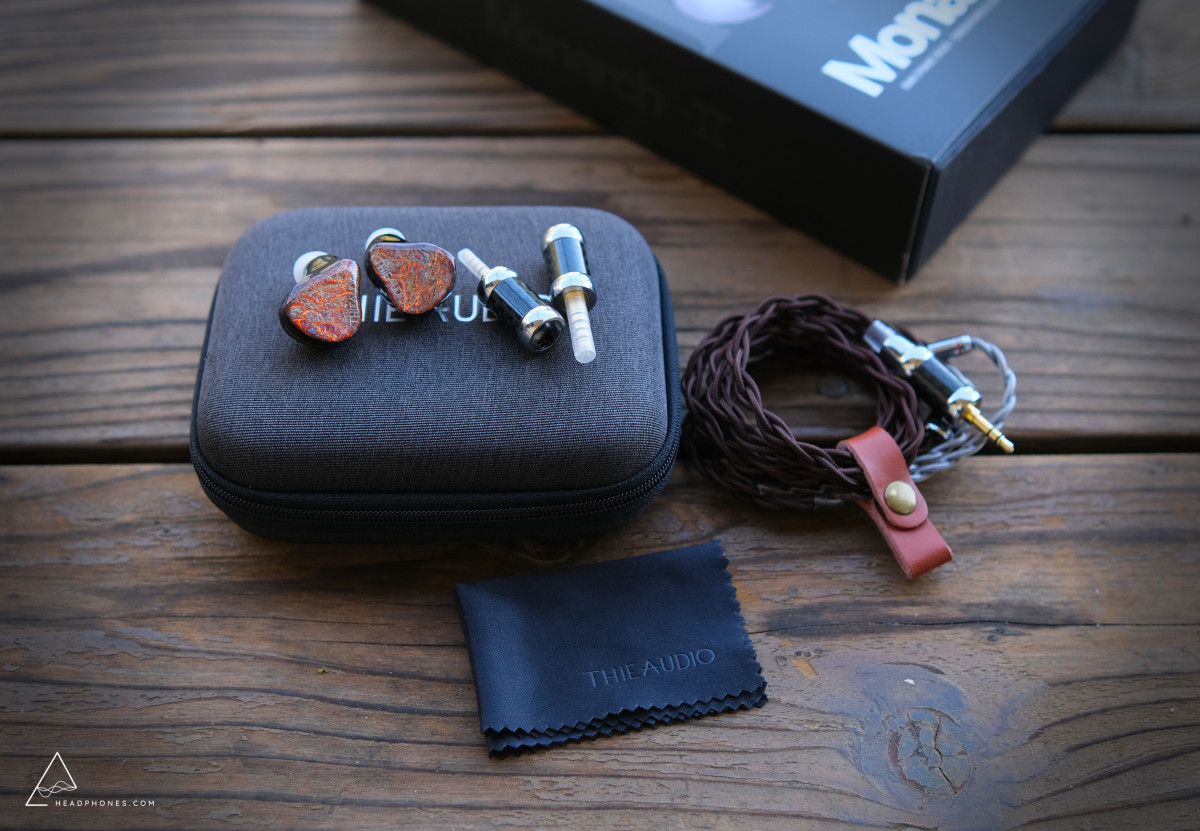
The new cable that comes with the Monarch MKII is a substantial improvement over the original in terms of quality. It's braided with paracord and sports the high-quality hardware that more expensive cables often use.
It's noticeably heavier than the old cable, though, so usability is not as good despite the better perceived quality. The pins also protrude out from the shell more (the Monarch MKII still uses non-recessed connectors), meaning they're more susceptible to being bent accidentally.
On the bright side, this cable comes terminated with 3.5mm by default unlike the old one which came in 2.5mm, so most listeners won't be needing to stack adapters.

The case that comes with the Monarch MKII appears to be a middle-sized version of the two cases that were included with the Legacy 4. It's made out of synthetic fabric with a mesh pocket on the inside so that you can store some accessories.
You won't have any trouble getting your IEMs in there or storing this case in a backpack; however, it might be difficult to pocket given the larger size.
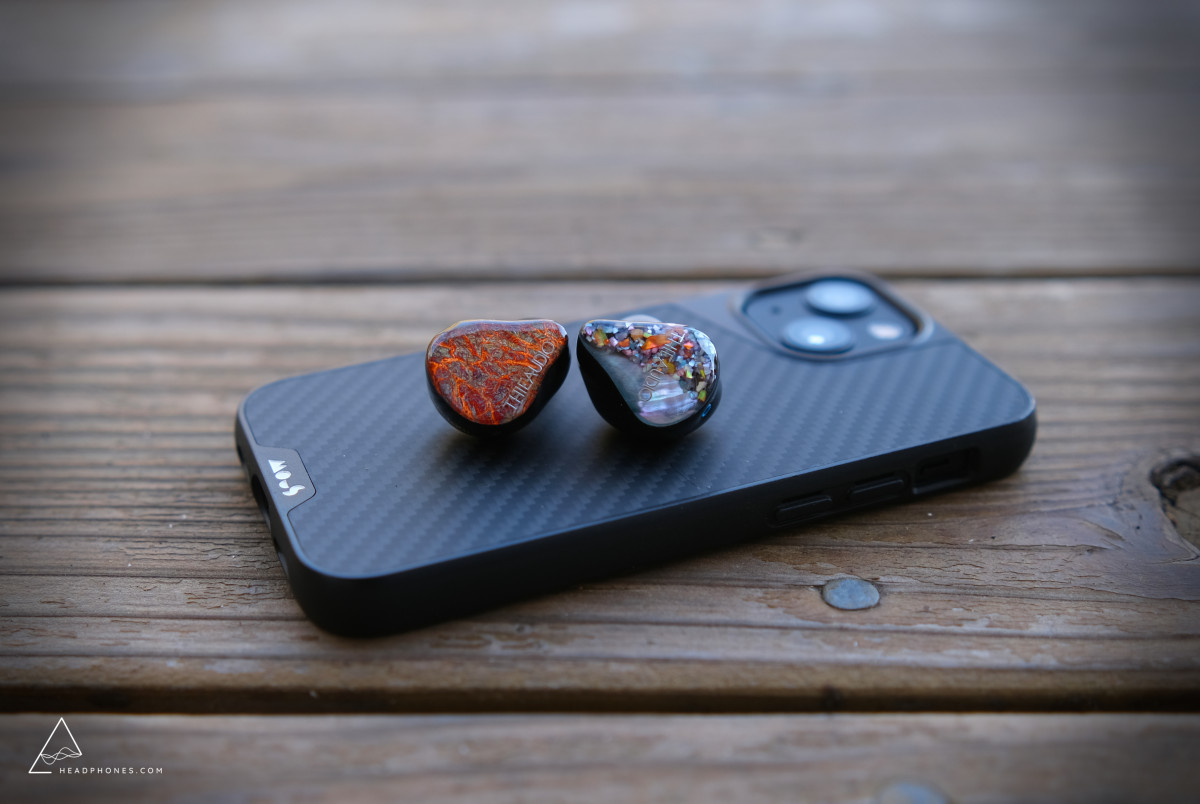
On the topic of size, the Monarch MKII is reminiscent of its predecessor which was a fairly large IEM in its own right. The depth of the shell on the Monarch MKII is slightly thinner, but not enough that I'd recommend bind-buying the Monarch MKII if you had fit issues with the original.
Fit and comfort were about to be expected with my small-medium ears: I can fit them, but they stick out a tad and can get uncomfortable after a few hours. Your mileage might vary and all that per usual.
Aesthetically, instead of the "split" faceplate of the OG Monarch, the Monarch MKII's faceplate sports a consistent "lava-rock" foil. I found build quality to be good with no weak points outside of the connectors, and the Monarch MKII now has a lip at the nozzle to keep ear tips on.
 |
Get the Monarch MKII at headphones.com for the best available price. |
Sound Analysis
The frequency response below was taken off of an IEC-711 coupler. There is a resonance peak at 8kHz, as such measurements after this point should not be considered entirely accurate. You can follow this link to compare the Monarch MKII to other IEMs that I have graphed.
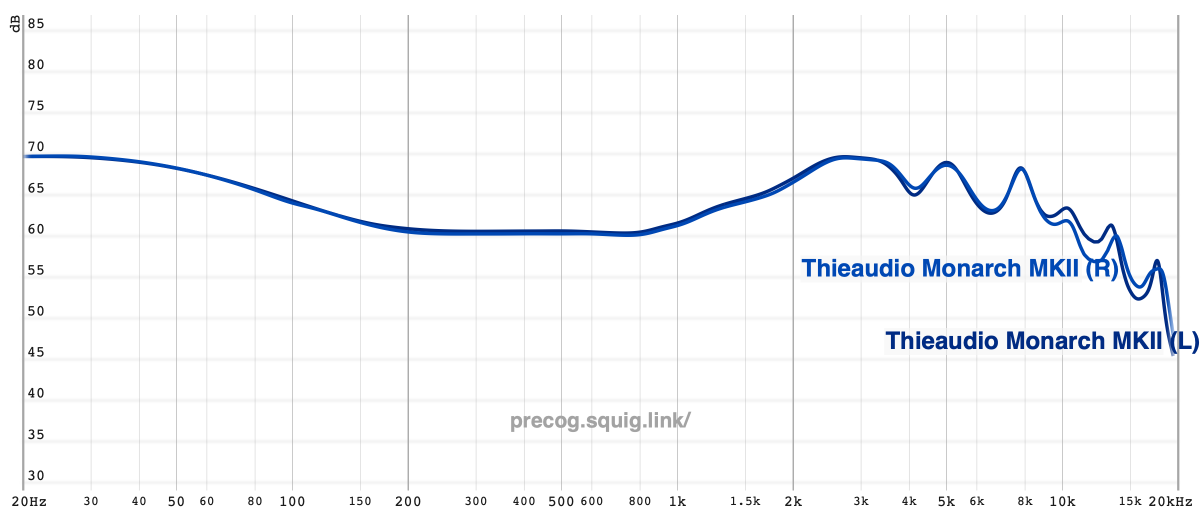
Of course I had to give the OG Monarch a listen again for direct A/B purposes, and I was handily reminded of why I dislike the bass on it. It’s smeared, plasticky, and sounds like it has little texture despite the strong sub-bass shelf.
By contrast, I can confirm the Monarch MKII is a solid improvement in the texturing department wherein bass notes hit with more “grip” to them and have a more natural tactility. But I can’t say I’m impressed outside of this.
The slam of the Monarch MK2’s bass is rather mediocre and I hear more air being pushed in direct A/B with the 64A U12t’s BA bass on the opening drop of IVE’s “Take It” (banger of a track by the way). That’s also ignoring the still-obvious blunting issues to attack wherein successive bass hits start blurring together.
To be perfectly blunt: I expect better for dynamic driver bass and there’s a good argument for this being the Achilles Heel of the Monarch MKII.
You’ll probably think me capricious given the way this review is going, but the midrange of the Monarch MKII is beyond a doubt the IEM’s calling card.
The detail here is excellent. And not in the “this IEM has a lot of upper-midrange presence, but notes still sound plasticky and fake as hell” sense that the OG Monarch gave me.
The Monarch MKII legitimately has some of the best midrange detail I’ve heard bar none: Sharp leading edges to notes and a slight texturing to decay that brings out trailing ends of vocals without coming across - by means of an analogy I enjoyed from a friend - like a photo that’s been artificially sharpened.
So what’s the catch? Well, the Monarch MKII’s upper-midrange is still really forward even if it's by no means sibilant. When some female vocalists belt, such as Taeyeon on “Stay”, I find myself wincing slightly and having to take breaks. This occurs especially when I’m listening a little louder (~75dB).
On the other hand, while I by no means consider myself a connoisseur of the genre, I find the Monarch MKII to shine more with classical music.
Basically...this isn’t the IEM for listeners gauging for a more forgiving midrange.
There’s a similar love-it-hate-it relationship with the Monarch MKII's treble response. I can see the appeal of the Sonion ESTs, yet 90% of IEMs I hear with them are nothing more than either middling or subpar implementations; the Monarch MKII falls closer to the former.
Its treble is characterized by strong amounts of presence at 5kHz, so percussive hits have a certain sharpness to them that screams “wow, that’s detail!” on initial listen. But it’s ultimately fatiguing. This artificial quality is exacerbated by 1) a minor slope off of the lower-treble and 2) a slight metallic tinge despite the absence of a discernible peak in the upper-treble which would usually be responsible.
And speaking of the upper-treble, the Monarch MKII seemingly does not have sufficient amplitude over 15kHz; that last leg of shimmer is lacking to the shakers on the opening of Sawano Hiroyuki’s “Cage”. While this realistically does not pose a concern for most listeners, it’s only fair to point out that true electrostatics are praised for their effortless extension.
You might see why, to my ears at least, this comes across as something of a “bandaid” EST implementation. And no, I will not take that back.
Technical Performance
From my review on the OG Monarch, recall my comments on its imaging performance:
Imaging takes on a more in-head quality with the Monarch struggling to re-create soundstage height and depth. Needless to say the result is a more 2-dimensional presentation (which is unfortunate given the impressive width) rather than one that completely envelopes the listener in a holographic bubble of sorts.
You can see I wasn’t too hot on it. In fact, listening to it again, I don’t think the OG Monarch’s imaging is even above-average for width!
The Monarch MKII is a considerable improvement in this department. Instrument localization is extremely defined in the side channels and while the Monarch MKII still lacks impactful center imaging, the layering issues the OG Monarch exhibited have been almost entirely mitigated.
Frankly, this is an impressive step forward and I would be hard-pressed to find myself dissatisfied with the Monarch MKII’s imaging chops.
But it’s not all sunshine and daisies. Some readers will recall one of my major criticisms of the OG Monarch lay in its dynamic range. By this, I mean that abrupt jumps in volume and vice versa in a track came across “dampened” for lack of a better descriptor.
This issue has been somewhat addressed on the Monarch MKII wherein I hear more contrast to, say, Canon and Gigue’s D Major (Remastered) when the violin crescendos at 4:27. However, for a sense of physicality and macrodynamic punch to more “fun” tracks - especially those that token the bass for swings in volume - it perceptively still isn’t there.
The Monarch MKII's other problem is that for all its midrange detail, my favorite singer, Taeyeon, consistently sounds like she lacks vibrancy to the timbre of her voice. Vibrancy that I know is there on my Genelec speakers and some other IEMs.
We’re very much entering the realm of wishy-washiness - that filthy word micro-dynamics comes to mind - yet, as a whole, dynamics perceptively come off more muted than I’d like on the Monarch MKII.
The Competition
This has undoubtedly been a very critical review. This is for a couple reasons.
First, I’m just that picky when it comes to my sound. And two, it appears to be a popular opinion that the Monarch MKII trades blows for technicalities with top-tier IEMs such as the 64A U12t and Elysian Annihilator.
In this regard, I want to reiterate that the Monarch MKII is a top-performer for midrange detail. It matches the U12t for midrange detail in A/B and even comes out on top for sheer midrange clarity! But I find the Monarch MKII’s bass and treble detail to be more questionable, which would (at least by my standards) preclude the Monarch MKII from playing with said IEMs for detail retrieval.
Similarly, I don’t believe further comparison for the other aspects of technicalities I’ve discussed above is warranted.
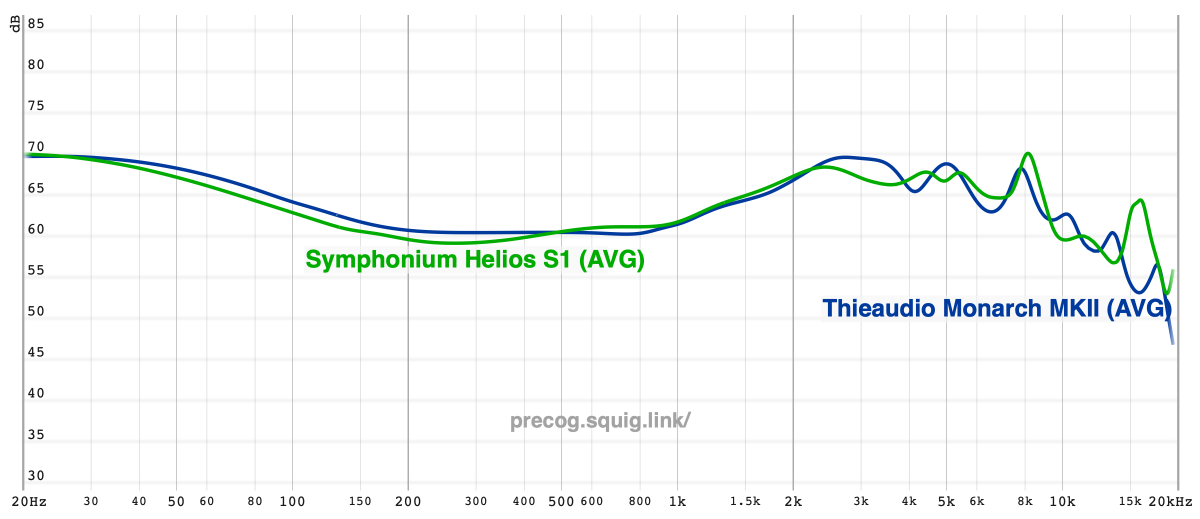
The real question on my mind was how the Monarch MKII would fare against the Symphonium Helios, the IEM I’ve praised for being “the best sounding IEM at a kilobuck”.
On first listen, I was struck by transients on the Helios sounding more energetic and vibrant (see my comments above); the Helios has better dynamics. This is something I personally index more heavily for though, and further listening made apparent that the Monarch MKII has an edge in midrange resolution and less maligned BA timbre.
Listeners after a more natural, upfront midrange presentation would be better suited with the Monarch MKII. Listeners after a slightly more relaxed midrange, more airy, holographic presentation should go for the Helios.
My choice is clear between them; it’s the Helios and all the more so if you listen to more intense (read: shouty) genres of music. That said, I think the Monarch MKII mostly competes with the Helios, or at least I wouldn’t bat an eye at listeners choosing one over the other.
The Verdict
I was fairly milquetoast in my concluding thoughts on the OG Monarch. I didn’t like it subjectively, but I had to recognize that it was a good IEM for its respective price point.
The latter half applies to the Monarch MKII; however, I’ll be the first to admit that I actually mostly like the Monarch MKII this time around.
The coherency issues aren’t as glaring, the technicalities are more refined, and the tuning is slightly more palpable than its predecessor. This is what I wanted to hear from the original Monarch.
The Monarch MKII is an apt tool for listeners aiming to “analyze” music and who want details served on a platter in their face. I can give this my stamp of approval if you’re after that type of sound.
ThieAudio finally has my nod of respect for a strong follow-up to their most popular model and, perhaps more than anything, it has piqued my interest in their true halo model, the newly-released V16 Divinity.
Love our in-depth reviews?
We test and review hundreds of headphones every year. Sign up to get the latest news, reviews, guides, and more in your inbox. Join the 60,000+ like-minded audio lovers who love our newsletter!
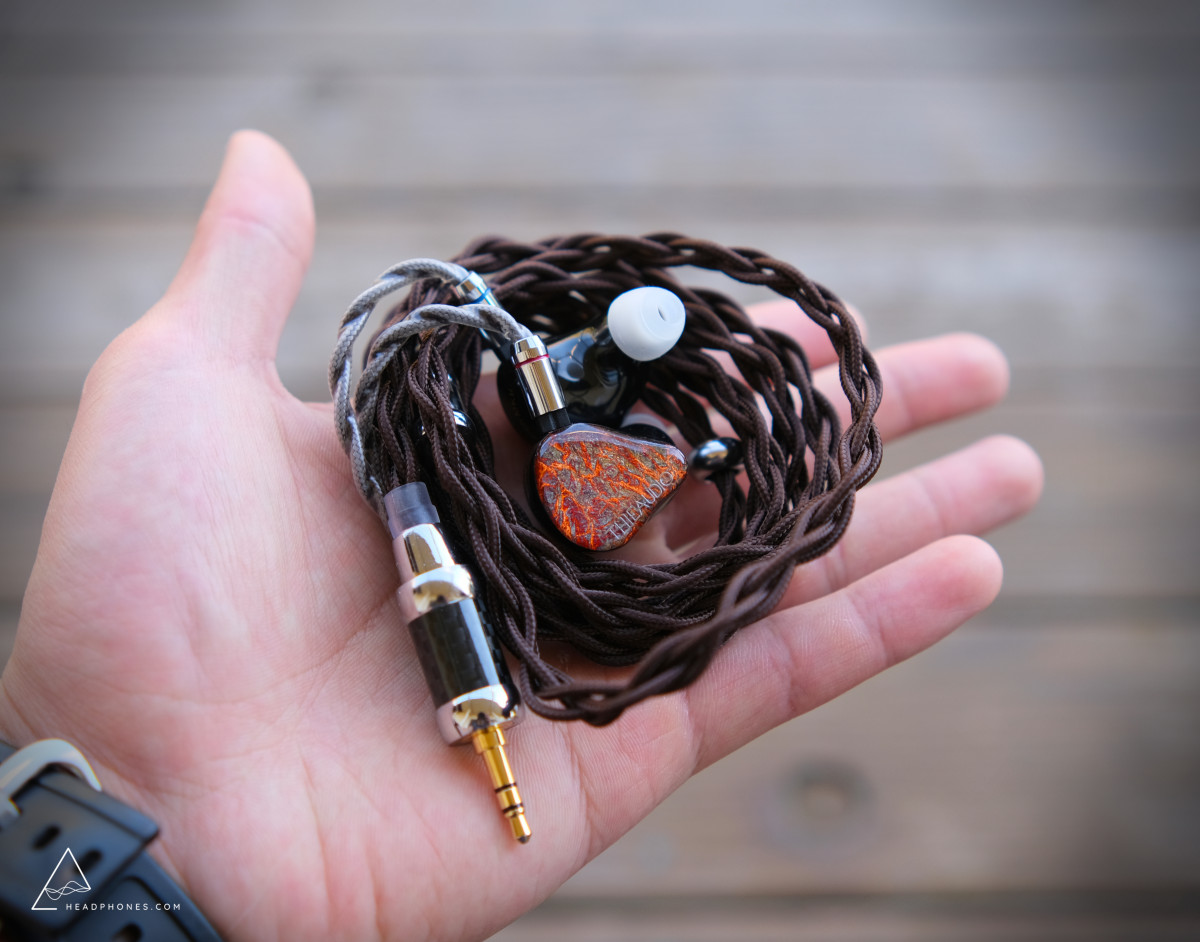
Reference Tracks
- Aimer - Hakuchuumu
- David Nail - Let It Rain
- Everglow - DUN DUN
- Girls’ Generation - Galaxy Supernova
- Illenium - Broken Ones
- Joe Nichols - Sunny and 75
- Keith Urban - Defying Gravity (2009)
- Keiichi Okabe - Weight of the World (NieR:Automata Original Soundtrack)
- Sabai - Million Days
- Sawano Hiroyuki - Best of Vocal Works Remastered (2020)
- Taeyeon - My Voice (2017)
- Tiffany - I Just Wanna Dance
-Precogvision
Watch the video review here:
Looking to learn more? Check out Chrono's take on the ThieAudio Monarch MKII.
